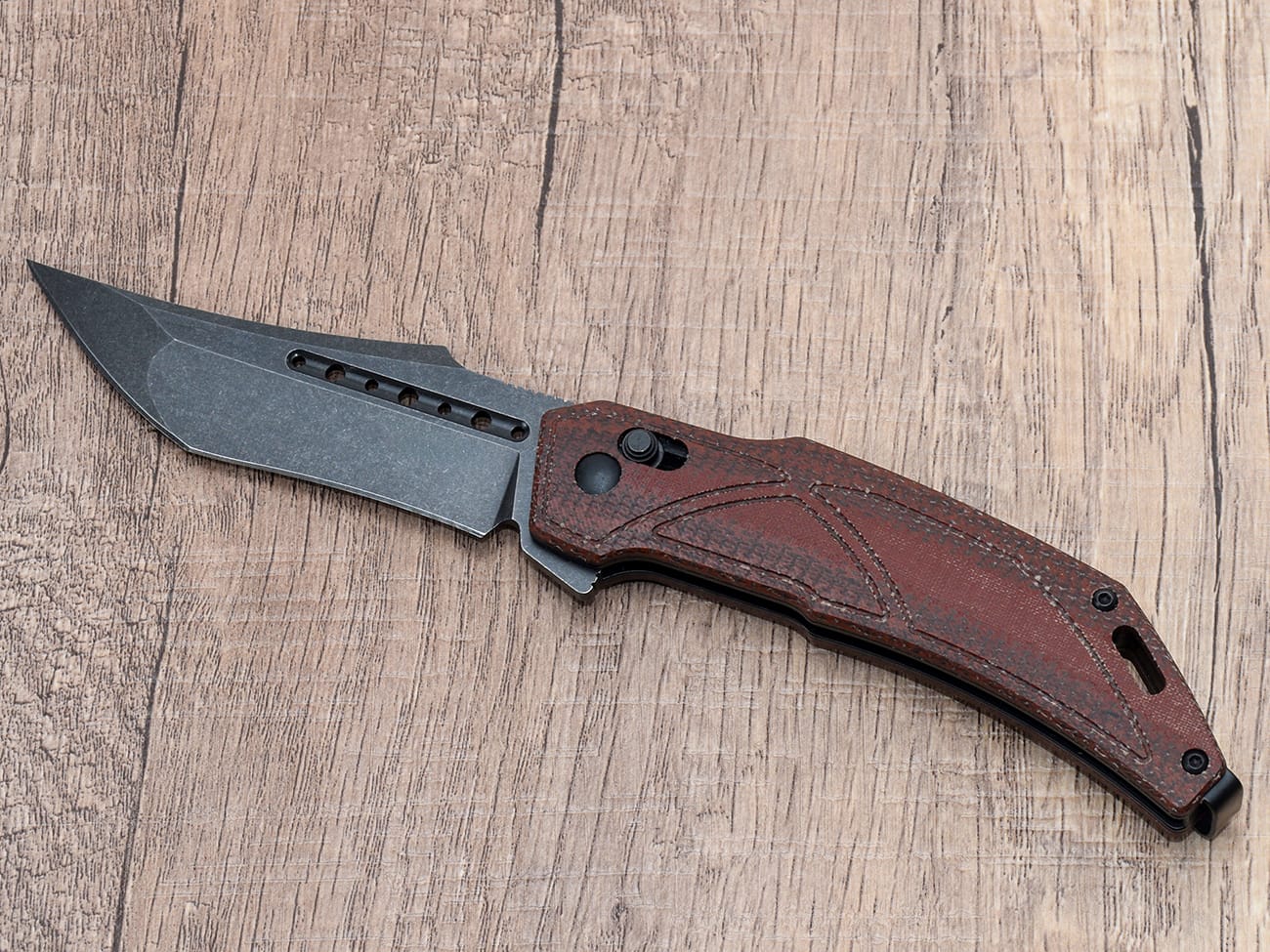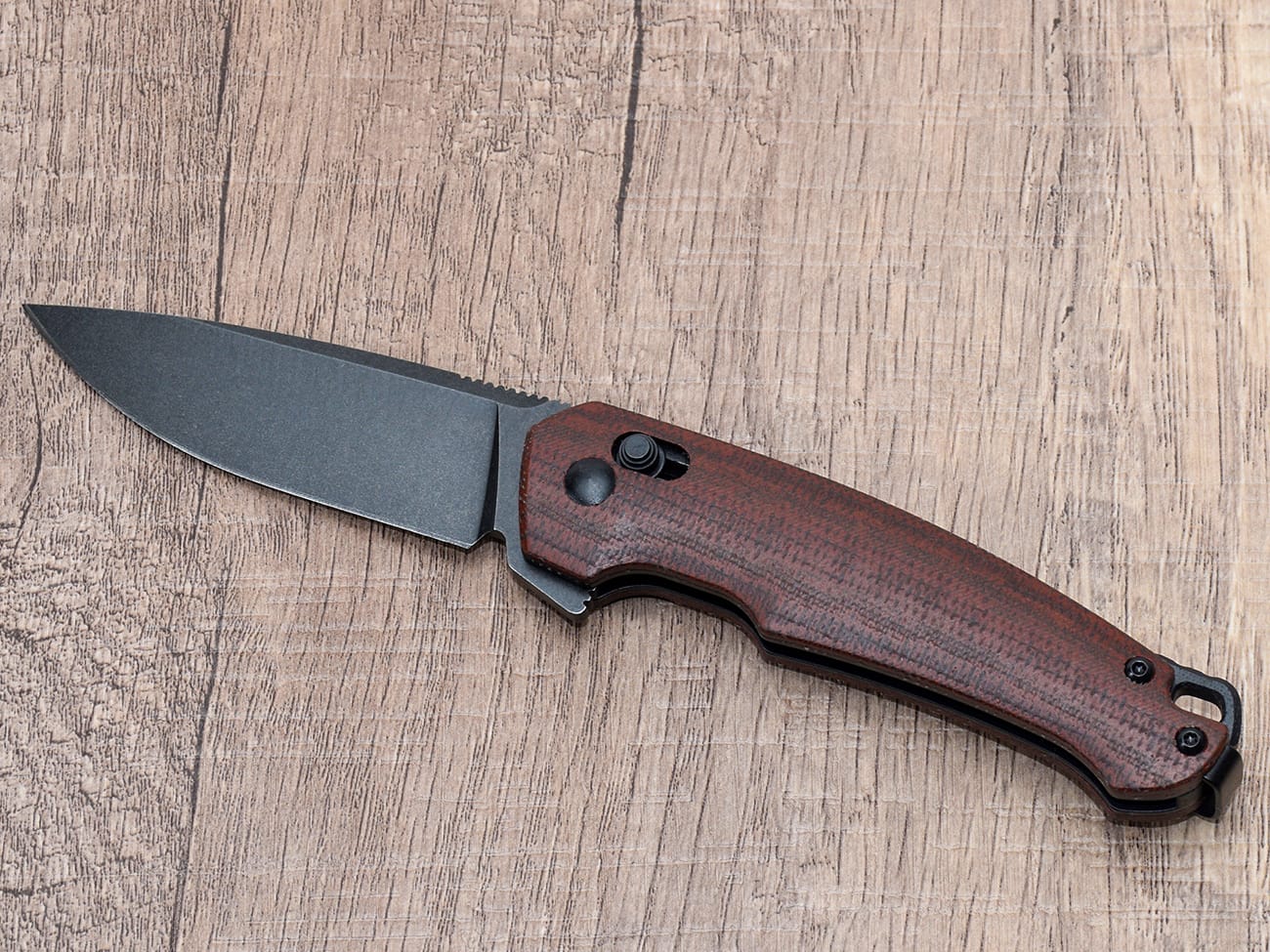Damascus steel knives are more than just cutting tools; they’re works of art that combine functionality with stunning aesthetics. This guide will take you on a journey through the world of Damascus steel, exploring its history, characteristics, and why it’s become a favorite among knife enthusiasts and collectors alike. Whether you’re a seasoned blade aficionado or simply curious about these beautiful knives, this article will provide you with everything you need to know about Damascus steel knives.
What is Damascus Steel?
Damascus steel is a type of steel known for its distinctive wavy patterns on the blade surface. These patterns, often resembling flowing water or wood grain, are not just for show – they’re a result of the unique forging process used to create the steel. Damascus steel blades are renowned for their strength, sharpness, and visual appeal.
The Fascinating History of Damascus Steel
The origins of Damascus steel are shrouded in mystery and legend. The name “Damascus” is believed to come from the city of Damascus in Syria, where these blades were sold in medieval times. However, the actual production of the original Damascus steel likely occurred in India or Persia.
The Lost Art of Wootz Steel
The original Damascus steel, also known as wootz steel, was produced in India and the Middle East from around 300 BC to 1700 AD. This ancient technique created blades with exceptional strength and a distinctive pattern. However, the exact method of producing wootz steel was lost over time, leaving modern metallurgists to try to recreate its properties.
Modern Damascus Steel: A Revival of an Ancient Technique
Today’s Damascus steel is not the same as the historical wootz steel, but it aims to recreate the look and some of the properties of the original. Modern Damascus is typically created by pattern welding, a technique that involves layering different types of steel and forge-welding them together.
How is Modern Damascus Steel Made?
The process of creating modern Damascus steel is a labor-intensive and skilled craft. Here’s a simplified overview of the steps involved:
- Selection of steels: Typically, two or more types of steel are chosen for their complementary properties.
- Layering: The selected steels are stacked in alternating layers.
- Forge welding: The stack is heated and hammered to weld the layers together.
- Folding and repeating: The resulting billet is folded and the process is repeated, creating more layers.
- Pattern creation: The steel is manipulated to create the desired pattern.
- Shaping and finishing: The Damascus steel is shaped into a blade and finished.
Characteristics of Damascus Steel Knives
Damascus steel knives are prized for several unique characteristics:
Distinctive Appearance
The most immediately noticeable feature of a Damascus steel knife is its striking visual pattern. These patterns can range from subtle waves to dramatic swirls, making each knife a unique piece of functional art.
Strength and Durability
By combining different types of steel, Damascus blades can offer an excellent balance of hardness and flexibility. This can result in a knife that holds an edge well while also being resistant to chipping or breaking.
Sharpness
Many Damascus steel knives are known for their ability to take and hold a razor-sharp edge, making them excellent for precise cutting tasks.
Corrosion Resistance
Depending on the types of steel used, Damascus knives can offer good resistance to rust and corrosion.
Types of Damascus Steel Patterns
Damascus steel patterns can vary widely, with some common types including:
- Ladder pattern
- Raindrop pattern
- Rose pattern
- Twist pattern
- Random pattern
Each pattern is achieved through different forging and manipulation techniques, allowing bladesmiths to create truly unique designs.
How to Care for Your Damascus Steel Knife
To keep your Damascus steel knife in top condition:
- Clean and dry the blade after each use
- Oil the blade regularly to prevent rust
- Store in a dry place
- Avoid exposure to harsh chemicals
- Sharpen carefully to maintain the pattern
Damascus Steel vs. Other Knife Materials
How does Damascus steel compare to other popular knife materials?
Damascus vs. Stainless Steel
While stainless steel blades are known for their corrosion resistance and ease of maintenance, Damascus steel offers a unique aesthetic and potentially superior edge retention, depending on the specific steels used.
Damascus vs. Carbon Steel
Carbon steel is prized for its ability to take a keen edge, but it can be prone to rust. Damascus steel can offer a balance between the performance of carbon steel and improved corrosion resistance.
Damascus vs. Ceramic
Ceramic blades are extremely hard and hold an edge for a long time, but they can be brittle. Damascus steel offers more durability and flexibility while still providing excellent cutting performance.
Common Uses for Damascus Steel Knives
Damascus steel knives find applications in various areas:
- Kitchen knives
- Hunting knives
- Pocket knives
- Collectible and display pieces
- Ceremonial or gift knives
How to Choose a Damascus Steel Knife
When selecting a Damascus steel knife, consider:
- Intended use
- Pattern and aesthetic appeal
- Handle material and ergonomics
- Blade shape and size
- Price and quality
- Maker’s reputation
The Art of Damascus Steel: Beyond Knives
While knives are the most common application, Damascus steel is also used in:
- Swords
- Axes
- Jewelry
- Decorative items
Is Damascus Steel Worth the Investment?
Damascus steel knives are often more expensive than their plain steel counterparts. Here’s why many consider them worth the extra cost:
- Unique aesthetics
- Potential for superior performance
- Craftsmanship and artistry
- Collectible value
- Conversation piece
Debunking Damascus Steel Myths
Let’s address some common misconceptions about Damascus steel:
Myth 1: All Damascus Steel is the Same
Reality: The quality of Damascus steel can vary greatly depending on the materials and techniques used.
Myth 2: Damascus Steel is Always Superior
Reality: While Damascus steel can be excellent, the performance depends on the specific steels used and the skill of the bladesmith.
Myth 3: Damascus Steel Never Rusts
Reality: Unless made with modern stainless steels, Damascus can still be prone to rust if not properly cared for.
The Future of Damascus Steel
As metallurgy and bladesmithing techniques continue to advance, we’re seeing exciting developments in Damascus steel:
- New pattern techniques
- Integration of modern high-performance steels
- Innovations in heat treatment
- Exploration of non-traditional applications
How to Spot a Fake Damascus Steel Knife
With the popularity of Damascus steel, some unscrupulous sellers offer fake Damascus knives. Here’s how to spot them:
- Price too good to be true
- Pattern looks printed or etched rather than forged
- Pattern doesn’t extend into the spine of the blade
- Lack of documentation or provenance
- Seller refuses to disclose the steel types used

A beautiful example of a Damascus steel folding knife with a wooden handle
Conclusion: The Enduring Appeal of Damascus Steel Knives
Damascus steel knives represent a perfect blend of form and function, offering both exceptional performance and stunning aesthetics. Whether you’re a collector, a cooking enthusiast, or someone who appreciates fine craftsmanship, a Damascus steel knife can be a valuable addition to your collection.As you explore the world of Damascus steel, remember that each knife tells a story – of ancient techniques, modern innovation, and the skilled hands that bring these beautiful blades to life. With proper care, a quality Damascus steel knife can be a treasured tool and a work of art that lasts for generations.
Key Takeaways:
- Damascus steel combines beauty and functionality in knife making
- Modern Damascus steel is created through pattern welding techniques
- Each Damascus knife is unique due to its distinctive pattern
- Proper care is essential to maintain the beauty and performance of Damascus steel
- When choosing a Damascus knife, consider both aesthetics and intended use
- Be aware of fake Damascus knives in the market
Whether you’re investing in your first Damascus steel knife or adding to your collection, the allure of these beautiful blades is undeniable. With their rich history, stunning appearance, and potential for exceptional performance, Damascus steel knives continue to captivate knife enthusiasts around the world.




